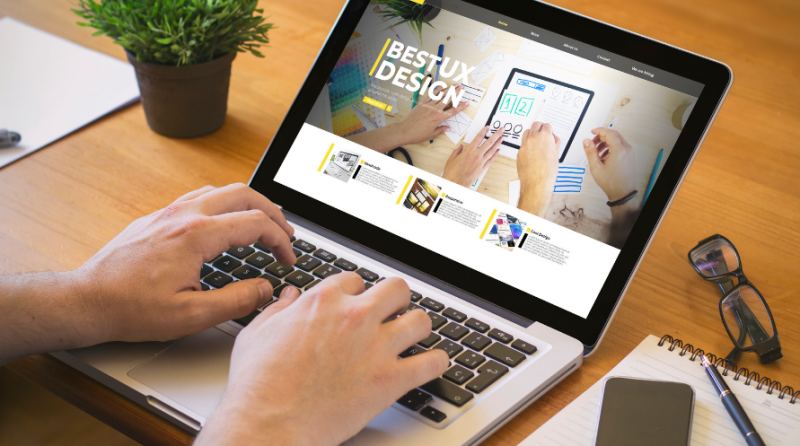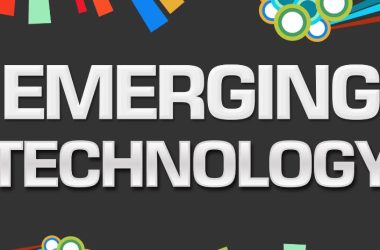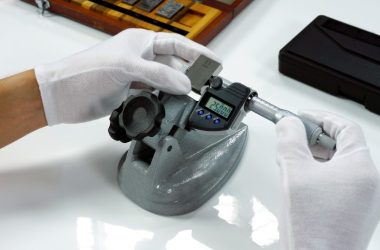The process of UX design can be broken down into a series of steps, from research to wireframing to testing. In this post, we’ll take a look at each step in detail and offer some tips on how to approach each one.
What is UX Design?
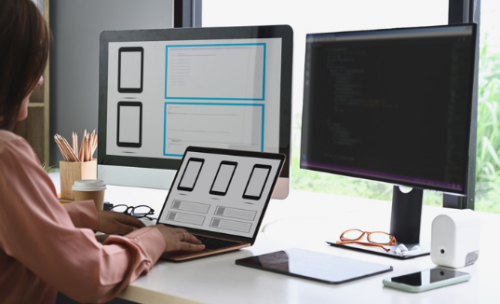
UX design, or User Experience design, is about creating the best user experience by improving usability and overall satisfaction in the interaction with a product.
A good UX design requires not only a good design but also the integration of features that address users’ pain points.
There are several specialties in UX design, such as user research, visual design, interaction design, and information architecture. Each skill contributes in a particular manner by addressing specific matters within UX.
Likewise, the process of UX design is set on different stages, which you can explore in the following section of this guide provided by a London UX agency.
The Process of UX Design – A Beginner’s Guide
1. The Different Stages of UX Design
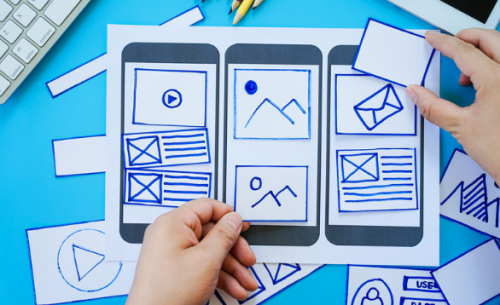
Research
Research is indispensable to developing a great user experience. Developers engage in in-depth user research to create an app that responds to users’ needs.
To get to know their users, developers conduct interviews, surveys, and other data-collecting methods. With this data, developers create user personas – intangible representations of real users that portray the needs and expectations of potential clients.
Design
Having gathered enough information about end-users, developers start structuring the design, keeping in mind the user experience and every step the user has to take within the app.
Here, information architecture – that is, the process of organizing the content – is quite important. After thinking about the structure of the information in the app, developers resort to the concept of wireframing by creating physical demonstrations of how the product will look.
Testing
In the last phase, developers present a detailed prototype and test the product. The tests can consist of evaluating interactions between users and the product, conducting new interviews, or making presentations of several versions to the public to see which performs better.
Testing is a best tech solution that allows developers to detect issues and fix them as quickly as possible.
2. The Different Types of UX Design
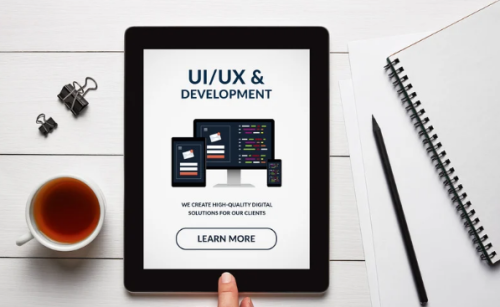
User Research
User research is a starting point for UX design. Knowing the users’ needs allows developers to build a useful app structure that promotes satisfaction in customer minds.
In this type of UX design, researchers use qualitative and quantitative methods to understand the needs of potential customers. Here, empathy is a key characteristic. UX designers need to be able to put themselves in the users’ shoes to understand what necessities the product should answer to.
Information Architecture
Informational architecture is a representation of the structure of the product. In order words, information architectures manage the organisation of the content within a website or mobile app. They arrange the parts of the website or app to help the user adjust to the functionality of the product and have a pleasant experience.
Moreover, developers in information architecture can also be responsible for creating user flows and navigation systems.
Interaction Design
Interaction design focuses on user interfaces, that is, on creating a pleasant user interaction with the product. In fact, interaction design is more closely related to UI (User Interface) design, but it is nonetheless relevant in UX design, as UI and UX go hand in hand.
The work scope of interaction designers includes elements like buttons, widgets, menus, tabs, etc. within an app or website.
Their goal is to make the user journey simple, intuitive, and enjoyable.
Visual Design
Visual design focuses on how a product looks. Aesthetic appeal is essential in visual design, and designers look to achieve it with imagery, typography, layout, and colour.
Visual design is more relevant in the final stages of UX design after the research and information architecture are done. Here, the designer starts giving a glow to the product and presents their work through carefully built prototypes.
3. Conclusion
UX design is a crucial part of product development. From aesthetics to information structure, it aims provide the best user experience by taking into account what you need to improve to solve their problems.


